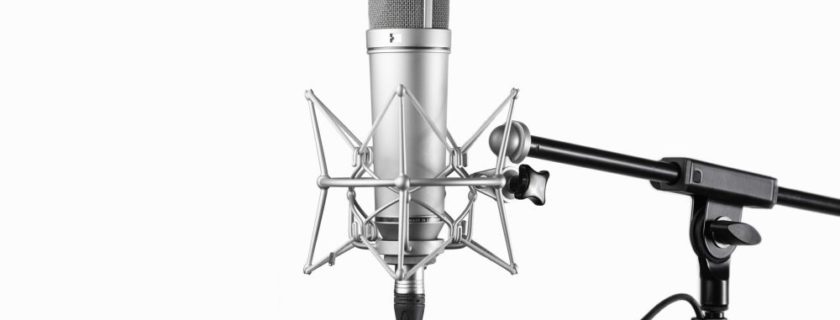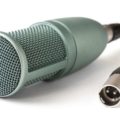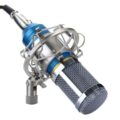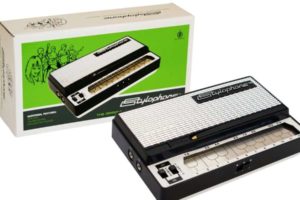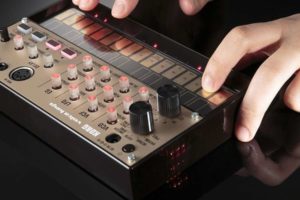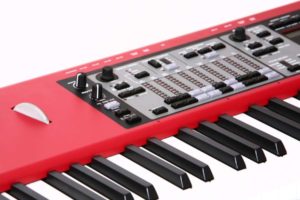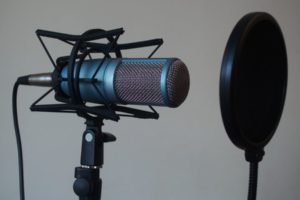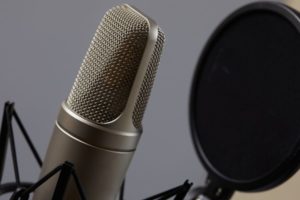In any sound recording, whether professional or amateur, having a good quality microphone is an essential, if not the most important, factor to be able to come up with an excellent piece or output. Microphones come in different shapes, sizes and types these days with one better than the other depending on the purpose or the use of the device.
One of those types of microphones is the condenser microphone. The condenser microphone has been gaining some popularity and preference over the other types, like the dynamic microphone to name one, nowadays because of its distinct features and output quality.
For those who have an experience with recording, a condenser microphone may sound familiar but the same may not be true for the newbies or the common men. And when faced with the words “condenser microphone” the usual question would be: What is it? How does it work? What is a condenser microphone used for? This article seeks to answer all those questions.
Condenser Microphones: What it is and How it Works
The condenser microphone was first introduced at Bells Lab when it was invented by E. C. Wente in 1916 and it was also known by other names such as electrostatic microphone and capacitor microphone. The principle being used to create sounds with condenser microphone is the Capacitance Principle – relying mainly on a capacitor to function.
In a typical condenser microphone, there is an electrically charged plate and a conductive diaphragm that is mounted parallel to the former.
The process of making sound starts when the condenser microphone’s diaphragm is being subjected to as air pressure or wave coming from another source of sound. When this happens, the acoustic signal is being converted into an electrical current by the difference in distance between the charged plate and the conductive diaphragm.
The electric current is then being amplified for either recording or broadcasting. The condenser microphone is usually sensitive to increase in audio frequencies due to the anatomy of its conductive diaphragm. After knowing what a condenser microphone is and how it works, the next logical questions to answer would be, what is a condenser microphone used for and what are the disadvantages?
What is a Condenser Microphone Used for & Disadvantages of Using It
Many consider the condenser microphone as the most accurate or detailed microphone there is. Because of the fact that the condenser microphone has a better and wider response to frequency and transience, it makes its type the go-to when it comes to sound recording and a must-have device in any respectable recording studio.
The preference in recording is also boosted by the fact that the condenser microphone is able to easily pick a wide variety of voice depths and loud noises without distorting the output quality; thus, resulting into an accurate recording.
Also, the condenser microphone can be divided into two (2) types: the large diaphragm condenser microphone and the small diaphragm condenser microphone. When it comes to picking up and amplifying fast and high frequencies like amps, acoustic guitars and electric guitars, the small diaphragm condenser microphone is the better option because its smaller membrane facilitates a faster response.
When it comes to picking and amplifying low audio frequencies, especially for voice recording in recording studios, the large diaphragm condenser microphone is the better choice between the two types since the large membrane allows a slower response.
It cannot be denied that when it comes to any types of recording, the condenser microphone is one the head of the race. However, there are some downsides to having and using one. For one, a condenser microphone is more expensive than the other types.
It is also a delicate and fragile device so caution should always be exercised in handling it. And because of its tendency to rupture easily when handled roughly, the condenser microphone does not make for a good outdoor and onstage microphone. On this aspect, a dynamic microphone serves the purpose much better. Another drawback of using a condenser microphone is its complex design.
Finally, the condenser microphone almost always require a different power source or a phantom power supply which makes it harder when one has to be always out and on the go.
